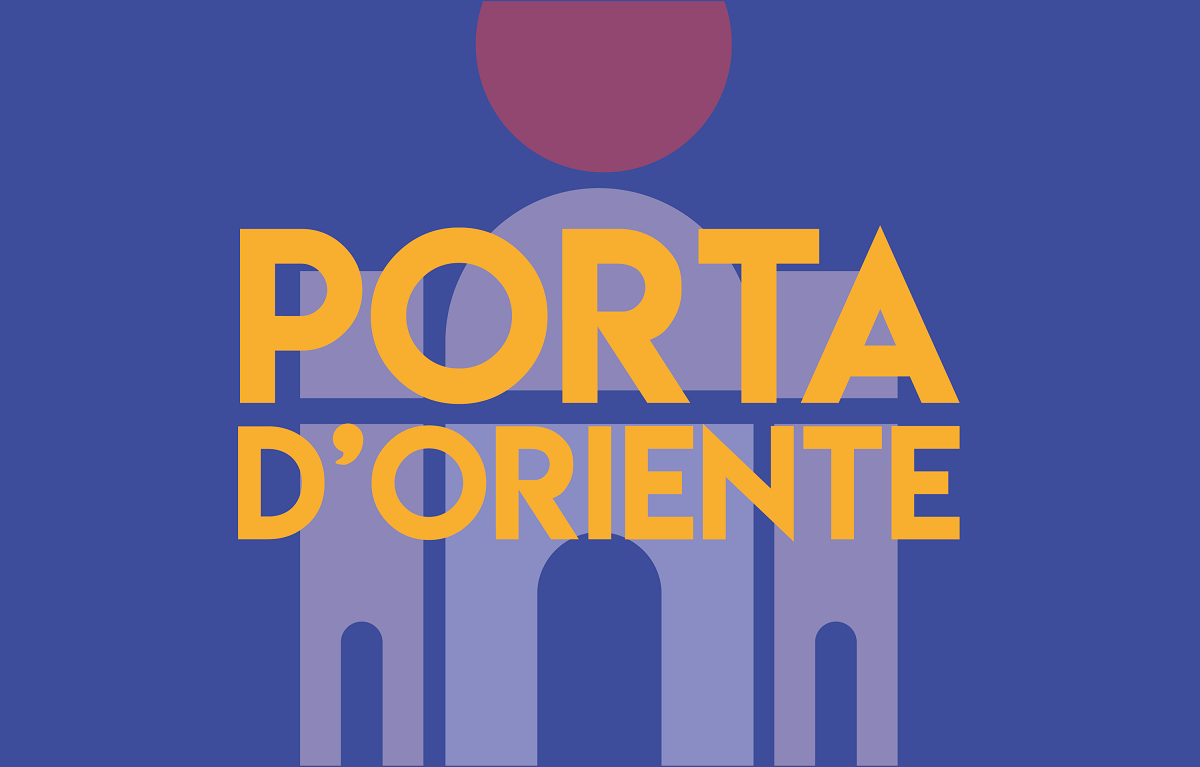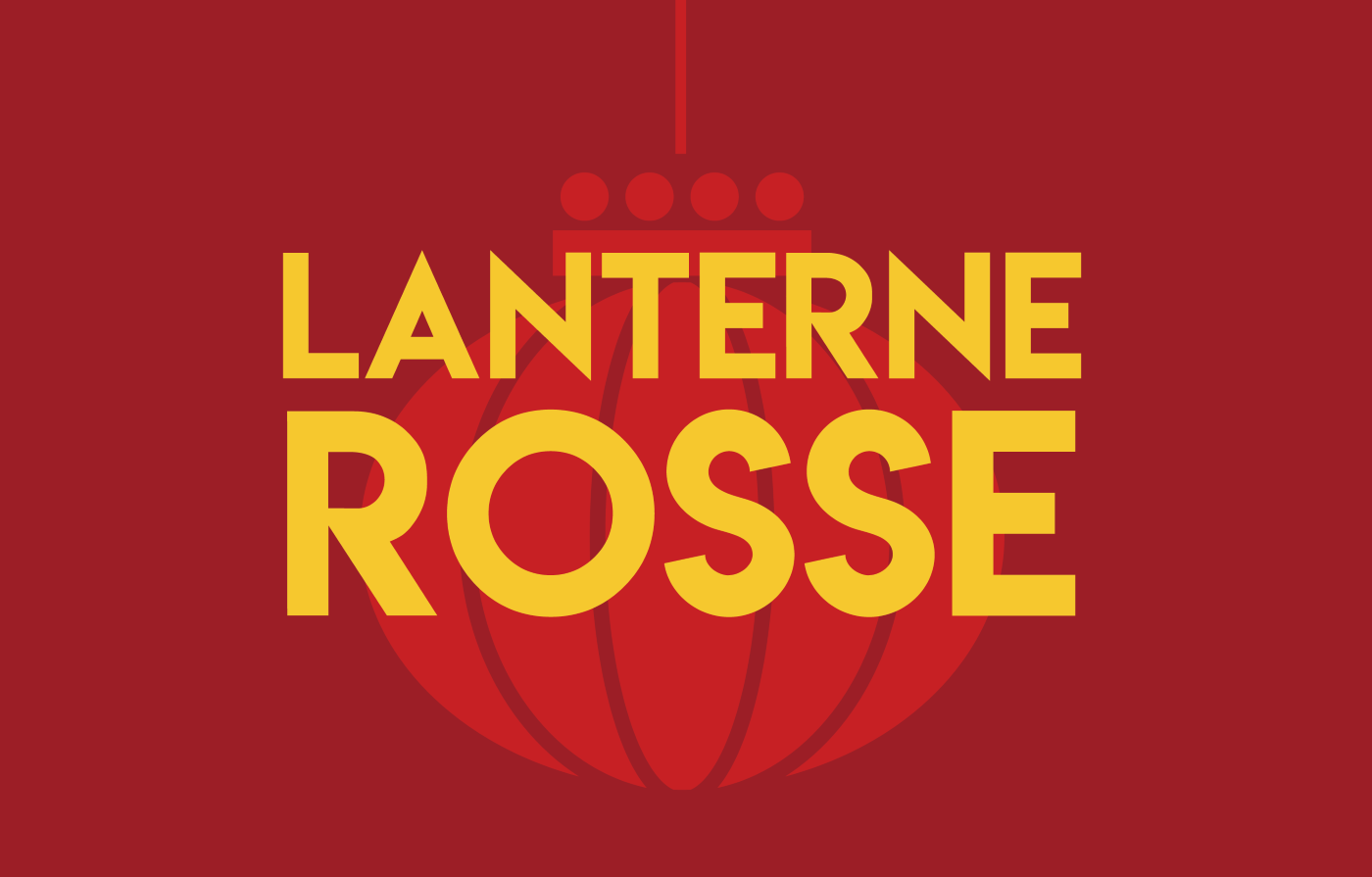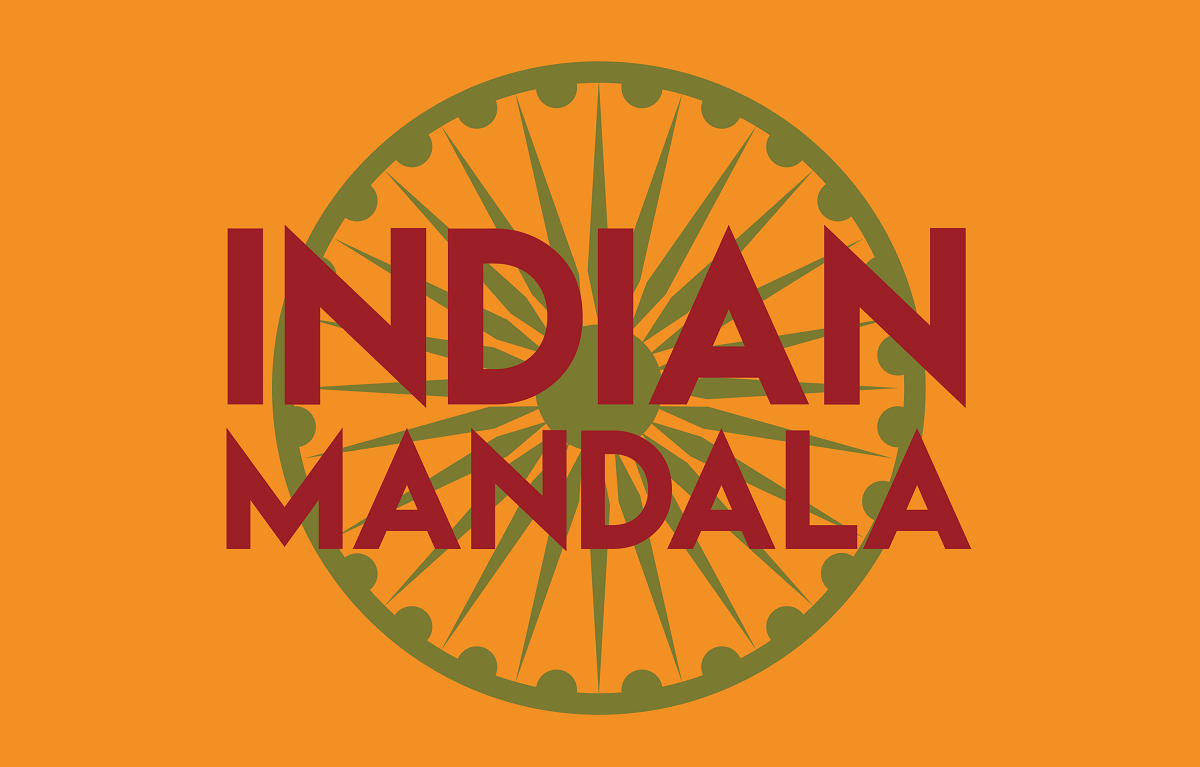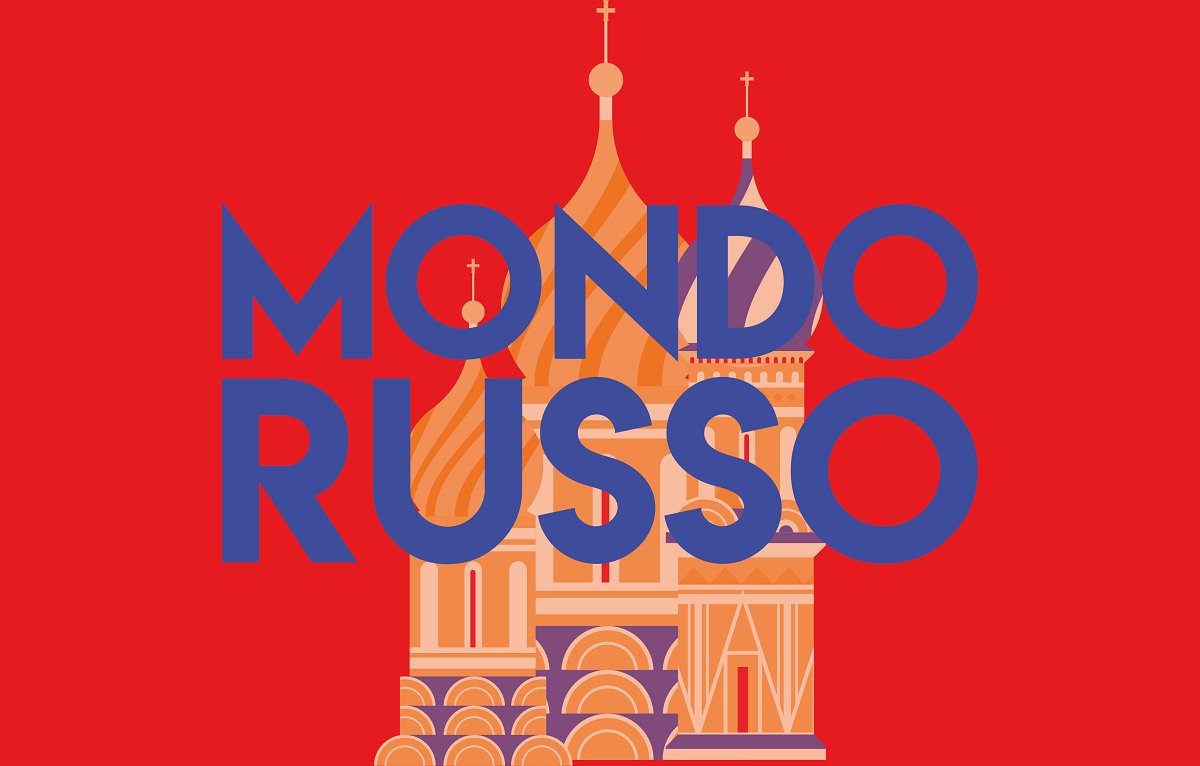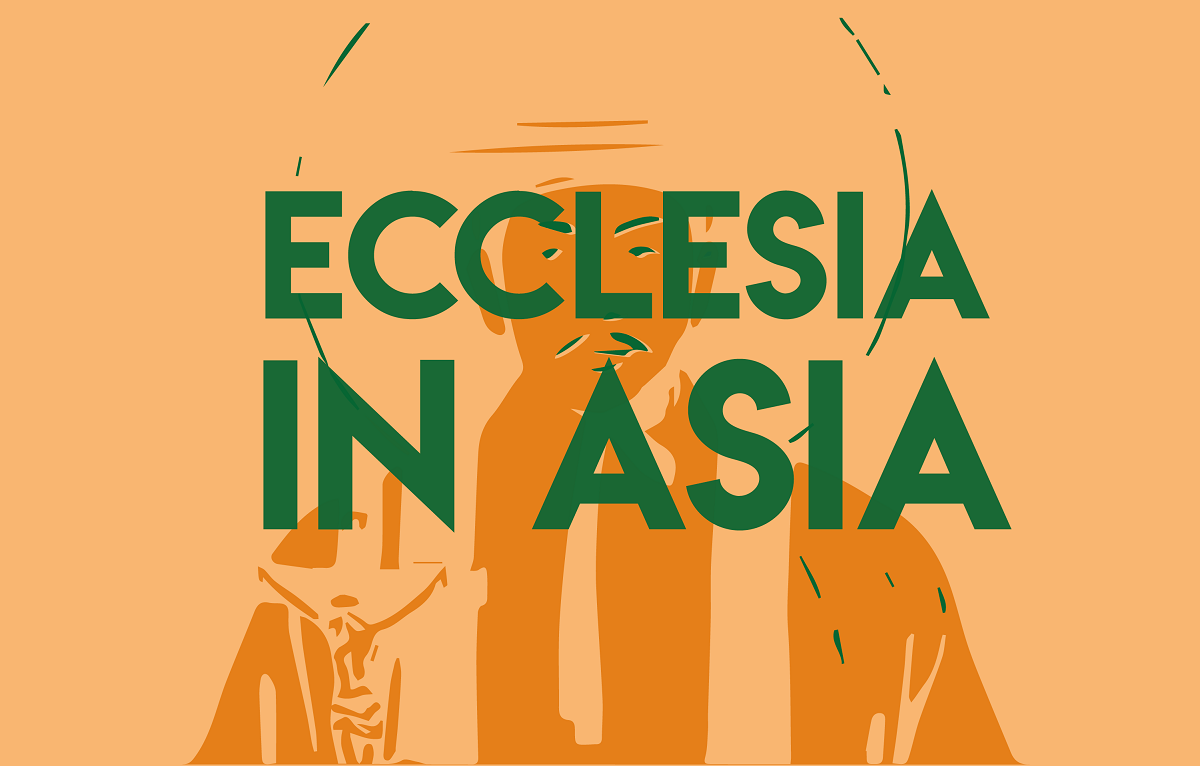A North-South corridor between Russia and Central Asia
At the Dushanbe summit, discussions developed on the route that would directly connect Russia to India and Iran. Moscow is unable to offer Central Asia the large investments that China and Europe can, but it is trying to catch up in terms of transport and logistics infrastructure.
Astana (AsiaNews) - In response to the many negotiations and projects for the ‘Middle Corridor’ from China to Europe through Central Asia, discussions developed at the Dushanbe summit on 9 October on the ‘North-South Corridor’ from Russia to the Indian Ocean, the only alternative that would allow Moscow not to be excluded from East-West trade routes, after sanctions blocked the ‘Northern Corridor’ from China via Russia, and it is still not easy to activate the ‘Arctic Corridor’ above the Arctic Circle, despite some cargoes already managing to cross it.
The President of Kazakhstan, Kasym-Žomart Tokaev, as announced by his administration, has proposed activating a joint investment programme and infrastructure plans to expand the eastern route of the corridor, forming a Council for the development of the Eurasian route. In his words, 'by 2030, the section between Kyzylorda and the Russian border will be extended to four lanes, and together with our Russian and Turkmen partners, we intend to develop the eastern part of the North-South transport corridor, where we are already seeing significant growth in freight traffic. We want to double the transit capacity of this artery by 2027," assuring that he believes in the development potential of the corridors through Afghanistan to South Asia.
Uzbekistan's Shavkat Mirziyoyev, also on his official website, emphasised ‘the vital importance of effectively utilising the transit and transport potential between our countries, primarily through the North-South corridor’, stating that ‘we are working to coordinate national programmes in the automotive, rail and air transport sectors, developing on this basis a comprehensive infrastructure partnership plan, in line with the logistical and transport capacities of our countries’. The ultimate goal, in his view, must be ‘the formation of an integrated and mutually active regional transport infrastructure capable of decisively addressing global challenges’.
The leaders of Turkmenistan and Kyrgyzstan also emphasised the importance of logistics corridors through Central Asia. Turkmenistan's Serdar Berdymukhamedov stated that Ashgabat ‘sees great prospects in the formation of the North-South corridor’ through the Caspian Sea coast, which should be considered an integral part of the major Eurasian transport project. He offered Turkmenistan's full support for the joint assessment of the use of the port of Turkmenbashi. Sadyr Zhaparov commented on behalf of Kyrgyzstan that ‘joint work is essential to implement projects to realise the transport potential of the region, connecting Russia, China, Iran and all other interested countries’.
For his part, Russian President Vladimir Putin assured that “Russia is ready to work with you to connect new logistics and transport chains”, seeing “the restructuring of major routes through the territories of our countries” as a crucial task. The North-South corridor connects Russia to India and Iran, and is particularly convenient for Moscow compared to other routes, especially the maritime route that must then cross the Suez Canal. During the military operations in Ukraine, cooperation between Russia and Iran has been greatly strengthened, with Iran supplying Moscow with essential weapons such as assault drones and the technology to assemble them for production directly in Russia.
The first “Central Asia-Russia” summit was held in Astana, Kazakhstan, in the autumn of 2022, eight months after Russia's invasion of Ukraine. While in the early years of the war the Russian economy seemed to be growing rapidly, adding new Asian prospects to those still active in Europe, its slowdown is now evident, leading to stagnation. Moscow is unable to offer Central Asia the large investments of China and Europe, and is trying to recover at least part of the potential of this new “vertical and horizontal corridor” of world trade.





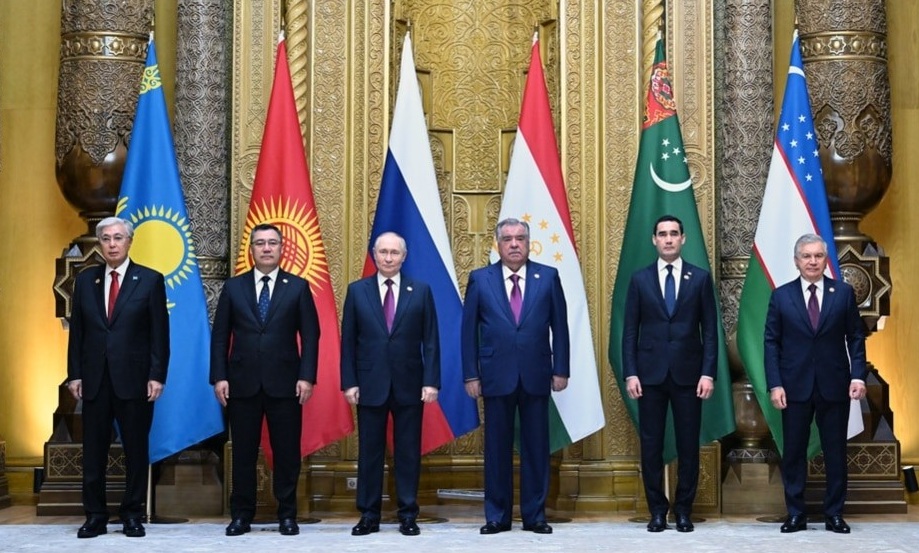

.png)
